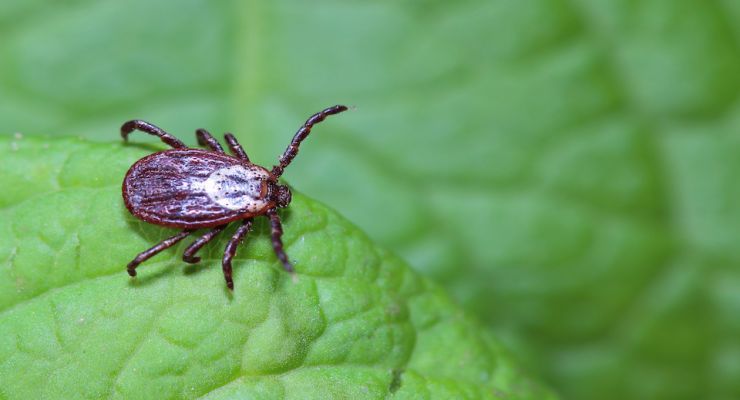Lyme disease, Powassan, Rocky mountain fever, oh my. If you live anywhere near the country or if you’ve ever spent time in nature, you’ve probably encountered ticks at some point. Whether you’ve seen one crawling on your clothing or had to pull one off your dog or yourself, you know how stubborn these arachnids can be. Plus, there is a very real risk of disease associated with the persistent bloodsuckers. Here are a few do’s and don’ts to keep in mind the next time you encounter a tick.
Do: Use fine-tipped tweezers
Keep a pair of pointy tip tweezers in your first aid kit specifically for tick removal. Don’t use the same type of tweezers you would use for cosmetic purposes like plucking your eyebrows since the flat edge could actually squish the abdomen of the tick while it is in your skin and cause it to release bacteria into your blood.
Don’t: Freak out
The most important thing you can do if you find a tick on yourself, your pet, or your children is to remain calm. Panicking and ripping the tick off could lead to more serious harm. Take the time to find the proper tools and stay calm as you disengage the tick from the skin. If you are in the wilderness without tweezers, however, promptly removing the tick is the most important thing. If you absolutely have to, grab the tick with your fingernails and pull it off.
Do: Pull close to the skin
Place the tweezers as close to the skin as you can and grasp the tick with force. Pull in one smooth motion and hold the tick firmly in your tweezers. Don’t twist or yank as this could break the tick.
Don’t: Follow antiquated removal methods
Though it might have been the way your parents did it; it is not a good idea to burn off a tick, smother it with nail polish, or pull it off with your fingers. Any of these methods could cause the tick to regurgitate or could leave pieces of it trapped in your skin.
Do: Dispose of the tick properly
Don’t simply toss the tick on the ground. It will most likely find its way onto you or your family members again. Flush it down the toilet or place it in a sealed bag or container and throw it in the trash.
Don’t: Let the tick hang around
While it is essential to remain calm and keep a level head when dealing with ticks, it is also critical to remove the tick as soon as possible. Don’t let the tick linger on your skin once you notice it. They usually take a few hours to bite and start feeding so catching it early could save you from infection.
Do: Perform tick checks
Always perform a tick check following a hike or any time spent in the great outdoors. If you are camping, remove your clothes at night and check in the warm, moist parts of your skin such as the groin, armpits, and scalp.
Do: Pay close attention to your health
If a tick bit you, it is crucial to keep a close eye on your health in the weeks following the bite. Pay attention to any unusual flu-like symptoms or a bulls-eye rash surrounding the affected area. See a doctor if you notice anything out of the ordinary.
Don’t: Assume you’re safe in your yard
Though ticks are often stereotyped as living deep in the forest and in uninhabited areas, they can also be found in parks or your very own backyard. In fact, ticks usually hang out right on the outskirts of wooded areas, not the middle.
Do: Treat the bite with rubbing alcohol
Saturate a cotton ball with rubbing alcohol and clean the bite daily for a few weeks. This will help kill any lingering bacteria and help prevent infection.
Don’t: Be afraid to go outdoors
Being paranoid of ticks and refusing to spend time outdoors because you’re worried about contracting disease is one of the easiest ways to diminish your quality of life and miss out on amazing opportunities to enjoy nature. As long as you remain vigilant and perform tick checks every day, you have nothing to worry about. Get out there and explore and adventure…just make sure you bring your tweezers!
Stay safe out there!
-Susan Patterson

